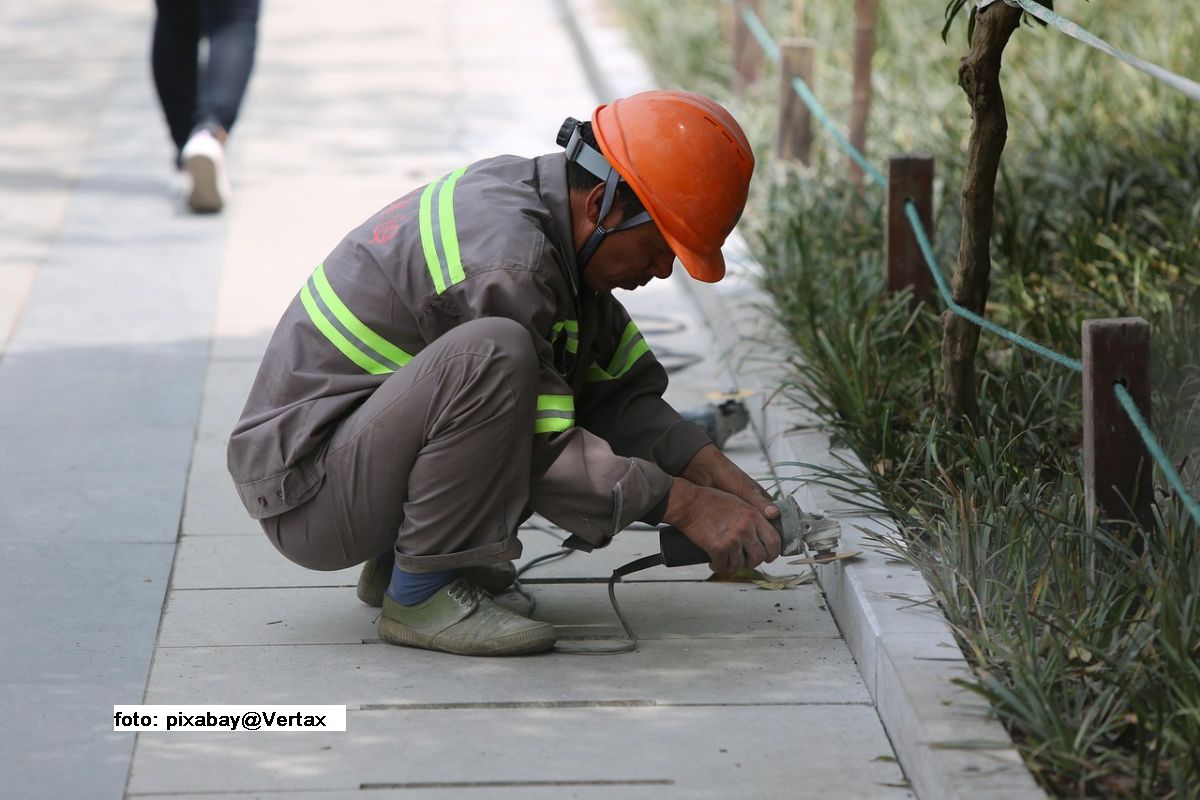Women in the digital world
Romanian IT&C experts have long gained appreciation at home and abroad. They include a lot of girls and women who, in spite of the stereotype that women are not fit for technical professions, have been making a career in the field, even more so than in other states. For instance, according to the 2017 statistics of the US Company Hacker Ran, Romania ranks sixth, with a score of 164.9 in a top of women programmers’ performance.

Christine Leșcu, 29.08.2018, 12:00
Romanian IT&C experts have long gained appreciation at home and abroad. They include a lot of girls and women who, in spite of the stereotype that women are not fit for technical professions, have been making a career in the field, even more so than in other states. For instance, according to the 2017 statistics of the US Company Hacker Ran, Romania ranks sixth, with a score of 164.9 in a top of women programmers’ performance.
These data concur with those provided by EU institutions. According to Eurostat, Romania and Lithuania have the second largest share of women working in IT&C — 25.7% in 2017, while the European average is nearly 17%. Bulgaria ranks first, with women accounting for 26.5% of its IT&C employees. That is no wonder if we think of the development of education in the field, as Veronica Stefan, founder of the Digital Citizens Romania Association points out:
Veronica Stefan: “We fare well especially as regards young women studying computing and taking their degree. We’re less successful in terms of women getting an MA or PhD degree, which means those young women don’t specialize at a higher level. But we do have women programmers, who develop various technological products. All in all, Romania has a large number of certified IT&C experts. Half of the high school computer science classes are made up of boys and half of girls. Our educational system encourages technical tuition and that is apparent in the big cities.”
Nevertheless, it is difficult to say how many women working in the IT&C sector hold managerial offices or are mere employees. Furthermore, the IT market in Romania relies on outsourcing, with many companies producing and developing ideas that come from elsewhere. Moreover, few women are on the managing board of Romanian start-ups or who are managers of Romanian entrepreneurship projects.
Veronica Stefan: “Women are team members but not necessarily team leaders. They are often members of the communication team, or of the team developing ideas. So when it comes to entrepreneurship, figures are below expectations. It is a good thing that 30% of girls and women work and study in the IT&C sector, but things are not as good as regards entrepreneurship.”
Things aren’t better in this respect in the rest of the EU either. Gender equality experts say that the small number of women working not only in IT, but in technology and science in general, has to do with women’s self-confidence and with the aspirations instilled by tradition and education. Lina Salanauskaite, a researcher with the European Institute for Gender Equality in Vilnius, tells us more about it:
Lina Salanauskaite: “If you look at the share of women in terms of ICT specialists in the EU, it is about 17%, and you see that this average across all EU countries is in this group that says table, which essentially means that in the last five years there was nothing changing. We also see that in a number of countries, despite this low share of women among ICT specialists, the number of women is even dropping. There are different reasons for why we have few women in ICT professions and they relate to larger differences of why there are few women in science and engineering professions and how the gender stereotypes walk across these things. But I wanted to point out to you about the aspirations. If you look at the age of 15, essentially it’s settled, so at the age of 15, from 3% minimum of teenagers — we take the whole population of teenage boys across the EU and ask — this was the survey done by the OECD- how many of them would aspire to become ICT professionals, and so from minimum 3% maximum 15% of teenage boys wanted to become ICT professionals. Then we look in terms of girls aspirations to become ICT professionals and we see that maximum of just above 1% in four countries we have girls that aspire to become ICT professionals. So girls are not even reaching the minimum aspirations of the boys currently. And this is one of the reflections where we show that this motivation, confidence, is not about digital skills, is not about math skills, or scientific skills, it’s more about how boys and girls see their future, where they see they can be strong, where they can have maybe a progression of career going forward, where they could be able to combine work and family, etc., so we see that the age of 15 is in a way divided.”
Back to Romania, when it comes to specialising in ITC and in basic digital skills, such as using the computer or going online to create content, for information or for looking for a job, Romania is full of paradoxes, says Veronica Stefan:
Veronica Stefan: “Although we now speak of how well we stand in the IT and digital sector in terms of the number or specialists, when we look at the overall population, statistics show we are at the bottom of the ranking. Around 30% of the general population has basic digital competencies, which puts us on the last place in the EU. We do very well in this respect in big cities like Bucharest, Cluj, Iasi, Constanta, Craiova, Sibiu and Brasov, but large parts of the population outside these cities simply lack these skills.”
(translated by: Ana-Maria Palcu, Elena Enache)






























